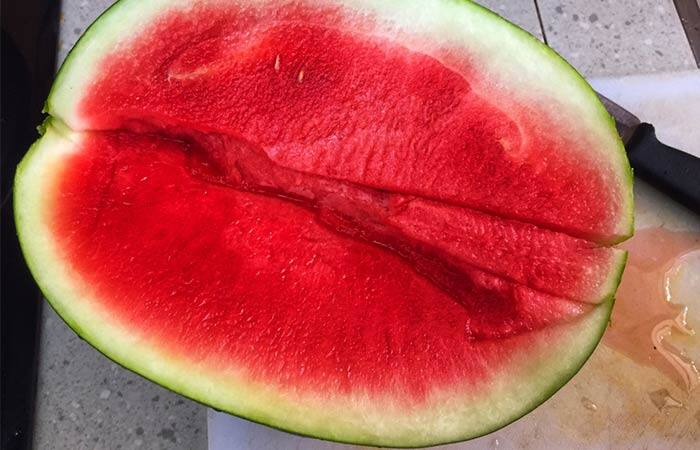Whether it’s a scorching summer day or a leisurely beach outing, there’s nothing more invigorating than indulging in a slice of watermelon. Traditionally, health professionals unanimously advocate for the consumption of fruits and vegetables due to their rich nutritional content. These natural delights not only pack a punch of essential nutrients and vitamins but are also budget-friendly and gentle on the digestive system. Watermelon, renowned for its juicy, sweet taste, lives up to its name by hydrating the body and supplying vital minerals.
In our contemporary world, the soaring demand for fruits has led to compromises in the supply chain. Commercial outlets resort to food adulteration, injecting artificial sweetness, hastening the ripening process, and enhancing the appearance of fruits. Whether it’s wax-coated apples or artificially manufactured watermelons, deception lurks in the products we consume. While we can’t entirely escape the clutches of a capitalist economy, being vigilant about our choices remains crucial.
Here’s Why a Split in the Watermelon Is Dangerous
Low in calories, rich in nutrients, and sweet in taste, watermelons seem infallible. However, a cautionary note: if you come across a split in a watermelon, like the one depicted below, reassemble it, avoid consumption, return it to the vendor, or discard it. While it may not explode, it can undeniably have a severe impact on your health.

When you cut open a watermelon and notice large perforated holes or a sponge-like texture, it indicates synthetic manufacturing. Shockingly, watermelons are now being synthetically produced, posing previously unknown health risks, including potential harm to the neurological system and inducing prolonged hypoxia.
How to Select a Watermelon
see continuation on next page
ADVERTISEMENT
